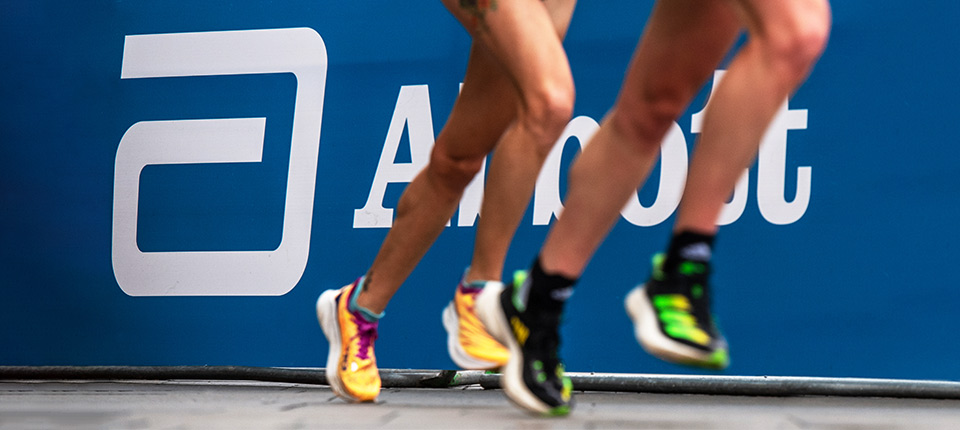Cheer Zones: The Unsung Heroes of Marathon Day
As marathon pioneer Kathrine Switzer famously stated, “If you are losing faith in human nature, go out and watch a marathon.” Each year, millions around the globe flock to marathon events, not just to see the athletic prowess of runners but also to experience the uplifting atmosphere created by supportive spectators. The significance of cheer zones during these races can’t be overstated – they serve as vibrant hubs of motivation and encouragement for competitors navigating the challenging 26.2-mile course.
The Emotional Impact of Cheer Zones
Beyond the enjoyment they provide to onlookers, cheer zones play a crucial role in enhancing the runners’ experience. According to Dr. Beth McQuiston, a neurologist and medical director at Abbott, the positive impact on the brain when runners receive support from spectators is substantial. This atmosphere can significantly increase the release of “feel-good” chemicals such as dopamine and serotonin, and even endorphins, which are associated with physical activity. As runners interact with enthusiastic spectators, they can find a much-needed boost in both motivation and emotional well-being, making the grueling miles ahead feel more manageable.
Boosting Motivation During the Race
Olympic marathon runner Liz Yelling emphasizes the importance of spectator support in maintaining motivation during a race. Having a crowd cheering on the sidelines holds runners accountable for their performance. As she explains, “It’s very public, and I find that motivating. You don’t want to let anyone down.” This sense of accountability can be particularly profound during less populated segments of a marathon where isolation may otherwise creep in. Furthermore, familiar faces and encouragement from strangers can become lifelines during tough stretches, reminding runners that they are not alone in their fight to finish.
The Role of Cheer Zones in Performance Enhancement
Pam Nisevich Bede, a seasoned marathoner with 26 races under her belt, echoes the sentiments of Liz Yelling. She notes that even in typically crowded marathon locales, moments of relative quiet can be daunting. Spectator enthusiasm can infuse runners with much-needed adrenaline, pushing them beyond their perceived limits. If you’re looking to offer support to runners, consider heading to quieter sections of the race to provide encouragement during these pivotal moments, as your cheers can help transform the runner’s experience.
Creating Anticipation on the Course
Many runners find that knowing where their supporters will be along the route offers something to look forward to during the marathon. For instance, Abbott runner Claudia Guzman reflects on her experience during her first marathon, recognizing that specific miles marked by the presence of family and friends were vital to her perseverance. These anticipated moments not only help to break the mental fatigue but also provide a psychological boost that can carry runners through the most challenging sections. “In the last few miles, I was more excited to get to the cheer zones than I was to get to the actual finish line,” Guzman shared.
The Spirit of Unity and Humanity
It’s worth noting that the atmosphere created by spectators at cheer zones exemplifies a profound sense of community and support. Runners often express gratitude for the encouragement they receive from complete strangers, who contribute to a collective spirit that transcends competition. This camaraderie highlights the best aspects of humanity and reinforces the positive bonds formed during events like marathons. By participating in the public celebration, attendees and runners alike experience a shared commitment to endurance and achievement.
Conclusion: Why Cheer Zones Matter
In summary, while cheer zones may seem like mere attractions for spectators, their influence on runners is far-reaching and significant. From increasing various positive brain chemicals to heightening motivation and creating memorable moments of connection, cheer zones have a powerful impact on a runner’s experience. So, if you ever find yourself on the sidelines of a marathon, remember that your voice and energy can play a pivotal role in helping someone achieve their goal and push through to the finish line. To read more about the mental benefits of running, check out resources like Johns Hopkins Medicine.
